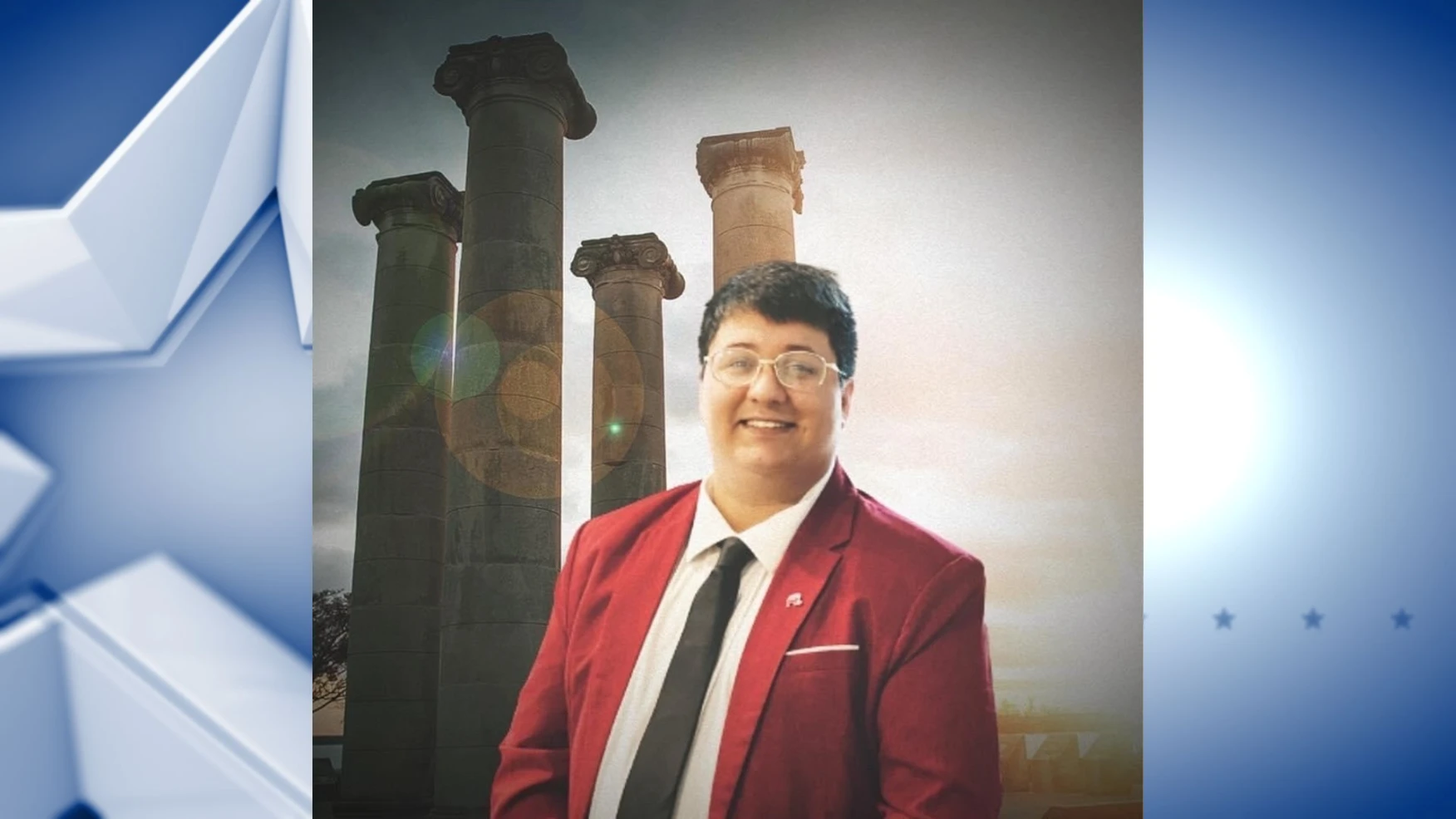By Mark Lawrance
The Indiana Technology & Innovation Council – formed earlier this summer by the Indiana Chamber – is beginning from a position of strength. Its mission is to enhance an already strong business climate and make our state one of the very best locations for technology and innovation.
According to the Indiana Economic Development Corporation, 59 tech companies announced expansion plans in Indiana in 2015. Those actions will result in more than 4,600 new good-paying jobs. The momentum has continued in 2016. But that could be only the beginning if a dedicated focus is made to working with these organizations that are such a vital part of our state’s economic future.
This week, the Indiana Technology & Innovation Council’s first meeting featured on open discussion and sharing of the results from a recent survey of Hoosier leaders in the tech industry.
One question asked what policy change would have the biggest impact; new or enhanced tax credits and incentives, or tax breaks, were most frequently mentioned. Expanded civil rights protections, additional industry-education connections and less regulation were also noted.
Over 50% ranked access to talent/lack of a skilled workforce as the top issue the tech sector is most concerned about for its future growth. Access to capital and lack of inventors placed a clear second.
When asked to rank specific policy issues in order of importance, the results were similar to the first question. Tax incentives were followed by more K-12 and STEM resources, then funding related to the Indiana Venture Capital Investment tax credit. Fourth, maybe a little surprisingly, was including LGBT protections in the civil rights code.
The last question on the survey centered on what’s missing from a program or information standpoint. The answers fell into three distinct areas. Knowledge gathering and sharing was the most predominant response. Specifics under that include databases/directories of both tech providers and support services. We also see a call for strong communication about criteria for grants and business incentives, as well as other resources. The second category of education/workforce identifies some initiatives related to the talent concerns. And the third section features ideas around making funding more attainable.
The Council’s two committees will now begin their work. The Program and Trends Committee will partner with organizations to provide a statewide platform for their existing efforts, and new initiatives will also be developed.
The Tech Policy Committee will help strengthen positions on key public policy issues. The ultimate goal is to present a strong unified voice at the Indiana Statehouse and beyond, to ensure that considerations of the tech sector are being addressed.
The Council will be pushing state legislators – House and Senate; Republican and Democrat – to take the lead, educate their colleagues and embrace the adjustments that will allow tech companies from throughout the state to thrive at even higher levels.
Together, through meaningful collaboration, we can make it possible for more entrepreneurs, as well as established Indiana firms, to flourish.
If you are involved in the tech sector and want to learn more about the Indiana Technology & Innovation Council, please contact me at mlawrance@indianachamber.com.
Lawrance is the Indiana Chamber vice president of engagement and innovation policy.














